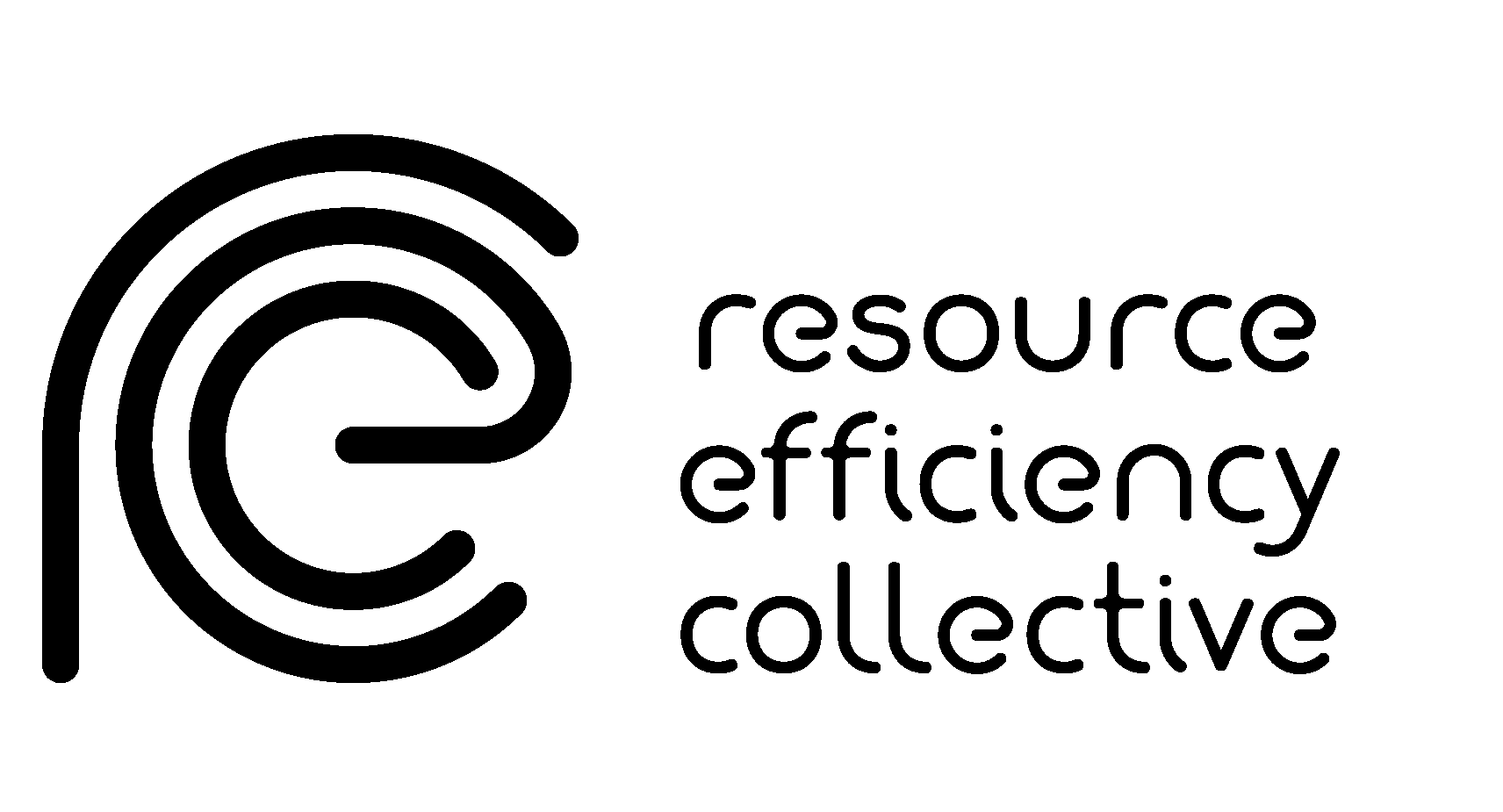Replacing Plastics with Alternatives Is Worse for Greenhouse Gas Emissions in Most Cases
Plastics are controversial due to their production from fossil fuels, emissions during production and disposal, potential toxicity, and leakage to the environment. In light of these concerns, calls to use less plastic products and move toward nonplastic alternatives are common. However, these calls often overlook the environmental impacts of alternative materials.
This article examines the greenhouse gas (GHG) emission impact of plastic products versus their alternatives. We assess 16 applications where plastics are used across five key sectors: packaging, building and construction, automotive, textiles, and consumer durables. These sectors account for about 90% of the global plastic volume. Our results show that in 15 of the 16 applications a plastic product incurs fewer GHG emissions than their alternatives. In these applications, plastic products release 10% to 90% fewer emissions across the product life cycle. Furthermore, in some applications, such as food packaging, no suitable alternatives to plastics exist.
These results demonstrate that care must be taken when formulating policies or interventions to reduce plastic use so that we do not inadvertently drive a shift to nonplastic alternatives with higher GHG emissions. For most plastic products, increasing the efficiency of plastic use, extending the lifetime, boosting recycling rates, and improving waste collection would be more effective for reducing emissions.
To read the full article by Professor Jonathan Cullen, Dr. Fanran Meng and Dr. Miguel Brandão, click here.
Photo credit: Nick Fewings on Unsplash.













